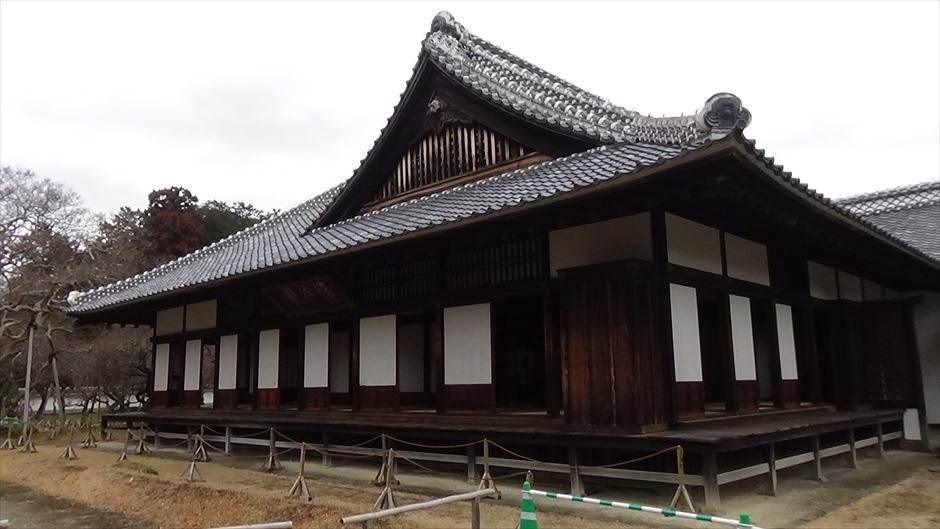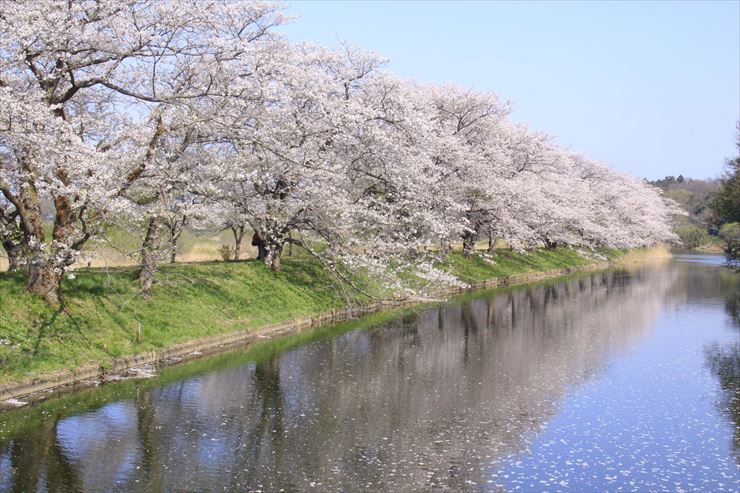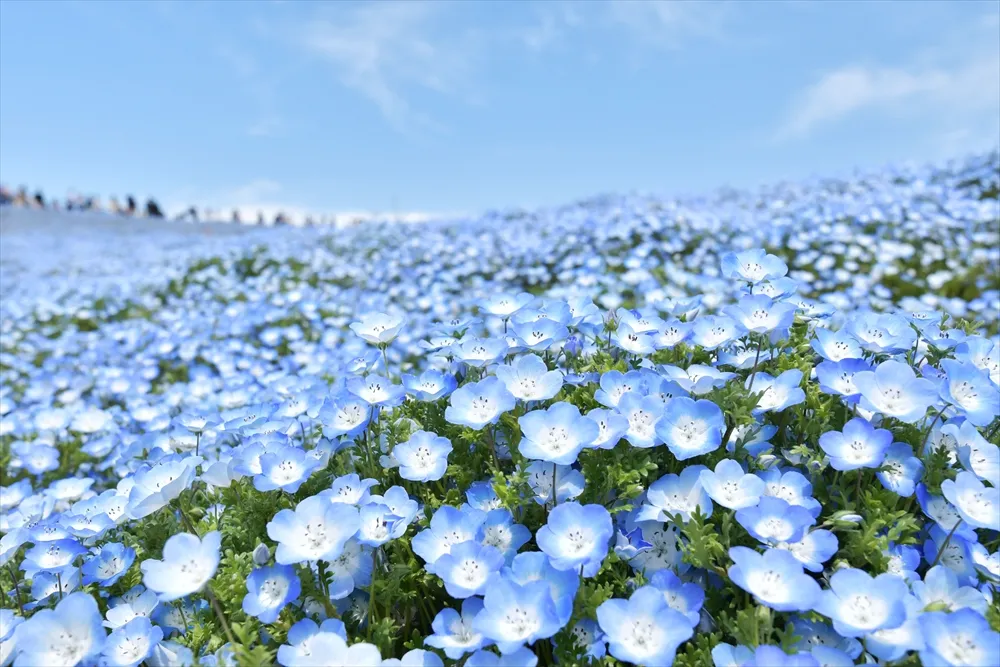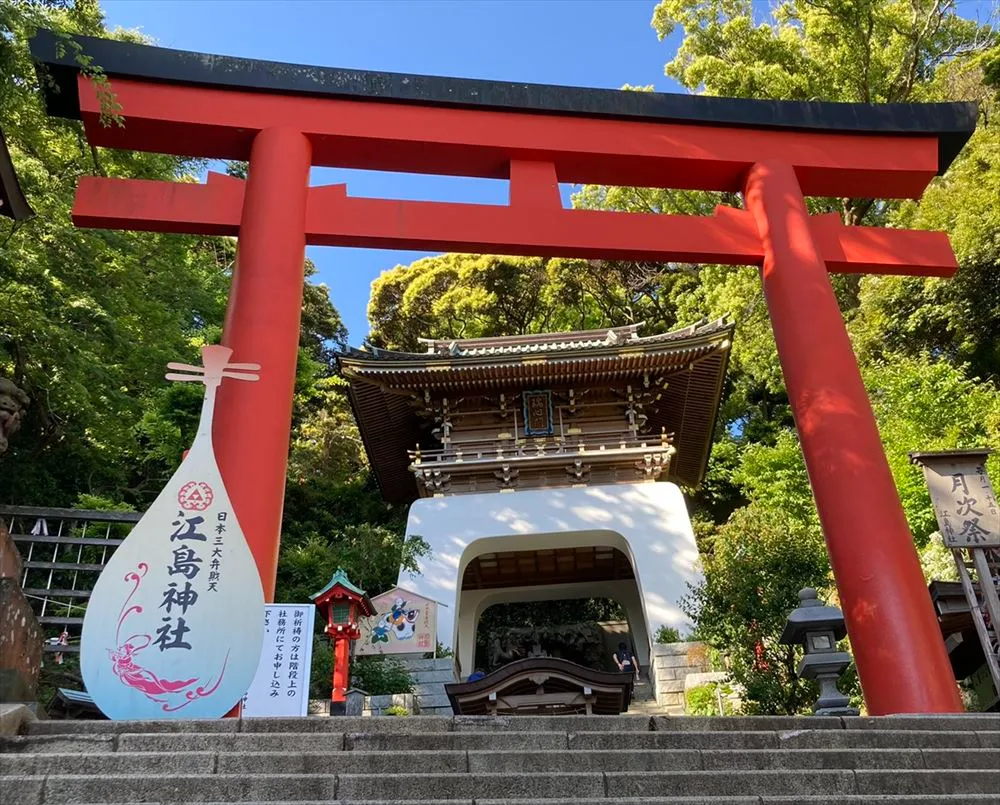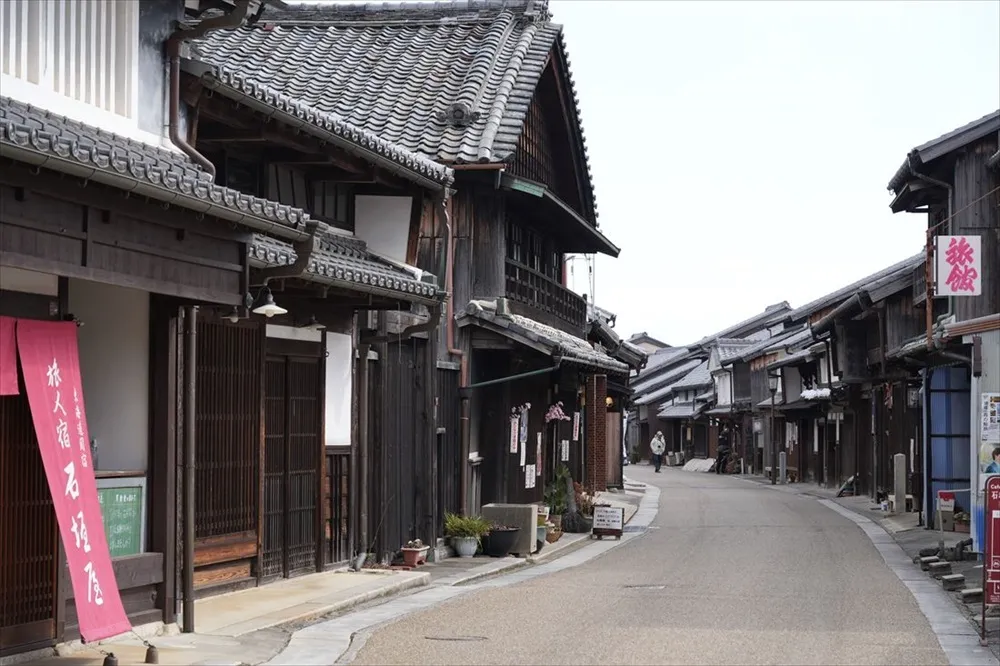We participated in a two-day monitor trip to experience the history of Ibaraki Prefecture from Feb. 7 through 8. On the second day, we visited Ibaraki Ceramic Art Museum, Kasama Kogei no Oka (Crafthills Kasama), Kasama Inari-jinja Shrine, and the Doll Festival Display at Makabe.
[Trip Report] Experiencing the History of Ibaraki (Part 2) at Kasama and Makabe
Ibaraki Ceramic Art Museum
On the second day, we first went to Kasama City, adjacent to Mito City. This is the first museum specializing in ceramic arts in eastern Japan. It was built as the core facility in Kasama Geijutsu no Mori (Forest of Art) Park.

Under the theme of “Development of Modern Japanese Ceramic Art,” artists who have been essential to modern Japanese ceramic art history from the Meiji era to the present day are introduced and their works can be seen at Exhibition Room No. 1.

A very interesting work made with mice, octopuses, and string.

There is an exhibition area featuring Hazan Itaya, who was a recipient of the Order of Culture, and Yasunari Matsui, who was designated a Living National Treasure for his kneading technique.

Regarding the exhibition of contemporary ceramic art works, since there are many avant-garde works they are a must-see. Due to copyrights, we could take only a few photos, but this is a proof that this exhibition is worth seeing for yourself.
At Exhibition Room No. 2, the history and technique of Kasama ware and representative works of ceramic artists who have strong ties with Ibaraki Prefecture are on display. Kasama ware has about 200 years of history dating back to the late 18th century. Kasama ware includes unique, creative ware ranging from daily-use ware to artistic ware. According to the museum curator, that Kasama ware can not be defined in one word (that is, simplistically)is the characteristic of Kasama ware.
In fact, many ceramic artists are living in Kasama City and continue to produce works.
| URL | https://www-tougei-museum-ibk-ed-jp.translate.goog/?_x_tr_sl=ja&_x_tr_tl=en&_x_tr_hl=ja |
Kasama Geijutsu no Mori (Forest of Art)” Park
We took a walk through “Kasama Geijutsu no Mori (Forest of Art)” Park after we came out of the museum.

The park is dotted with art works, and you can feel both expansive nature and art at the same time.

There are studios where you can experience making pottery. Not only Japanese tourists but tourists from abroad are also welcome! Don’t worry, staff who can speak English will help you. You can also send your artworks overseas!

Kasama ware, pottery materials, and souvenirs from Kasama and Ibaraki are available at a craft shop there.

“Kasama Geijutsu no Mori (Forest of Art)” Park is huge and has a playground for children called the “Asobi no Mori.”
| URL | http://www.kasama-crafthills.co.jp/ |
Kasama Inari-jinja Shrine

Kasama Inari-jinja Shrine is one of the three major Inari shrines in Japan. It was built in 651 and has a history of some 1,360 years.

Built in 1960, the Haiden is an elegant building embodying the essence of shrine-structure beauty contemporary architectural fashion. At the back of the Haiden, the Honden (main hall) stands. It was built between 1854 and 1860 and is designated a National Important Cultural Property.

| URL | http://www.kasama.or.jp/eng/ |
Lunch at National Tangible Cultural Property in Makabe Town
It was almost lunch time. We went to Makabe Town in Sakuragawa City.
Makabe is home to many traditional buildings built from the Edo period to the early 20th century, including over 300 misegura (combined shop and dwelling), storehouses, gates, and other historical structures. They have been registered as National Tangible Cultural Properties one after another since 1999, until reaching 102 in number. In 2010, the area was selected as a National Important Traditional Buildings Preservation District.
Iseya where we ate lunch is also a Registered National Tangible Cultural Property.


For lunch, we ate “Yayoi-no-kaze”, which includes suiton (small dumplings) (1,300 yen, tax included).

This was a very delicious and gorgeous meal made even more enjoyable by the sophisticated atmosphere of the cultural property.

Suiton, soup with small dumplings made with wheat flour

Ichigo-daifuku for dessert, which is a rice cake stuffed with sweet bean paste and strawberries. After lunch we went for a walk in Makabe.

Walking through Makabe made me feel as if we were traveling through time.
| URL | http://www.kankou-sakuragawa.jp |
Makbe Dolls Festival
During this season, the Makbe Dolls Festival takes place every year.

This year marks the 17th anniversary of this festival and it was held from Feb. 4 to March 3. Hina doll decorations embellish more than 160 houses and storehouses.

Hina dolls displayed in houses signal spring’s arrival in Makabe.

The Imperial couple (Emperor Akihito and Empress Michiko).

It is also said that the Makabe Dolls Festival originated from the town peoples’desire to extent a warm welcome to visitors in the cold weather.

Makabe is also known as a ”stone town” and some dolls are made of the stones from the town.

Cute rabbit-shaped dolls!

Hina dolls can be seen at restaurants, hotels, groceries, miscellaneous goods shops, and book shops – everywhere in the town. Further, I want to introduce the unique Hina dolls of a sake brewery, “Hana no I.”

When we entered a dark sake storehouse, first, we saw a bottle gourd.

Here, bottle gourd art works made by the artists are displayed along with Hina dolls.

Hina Dolls displayed at another storehouse of “Hana no I” Touring the Doll’s Festival displays at Makabe made me forget the coldness and it was a fun time. Our trip ended at Makabe.
| URL | http://www.kankou-sakuragawa.jp/page/dir000053.html |
